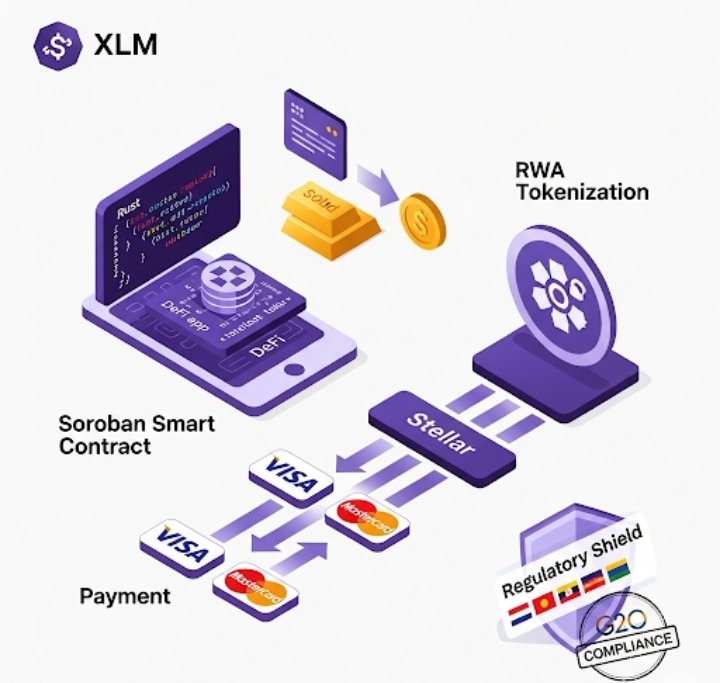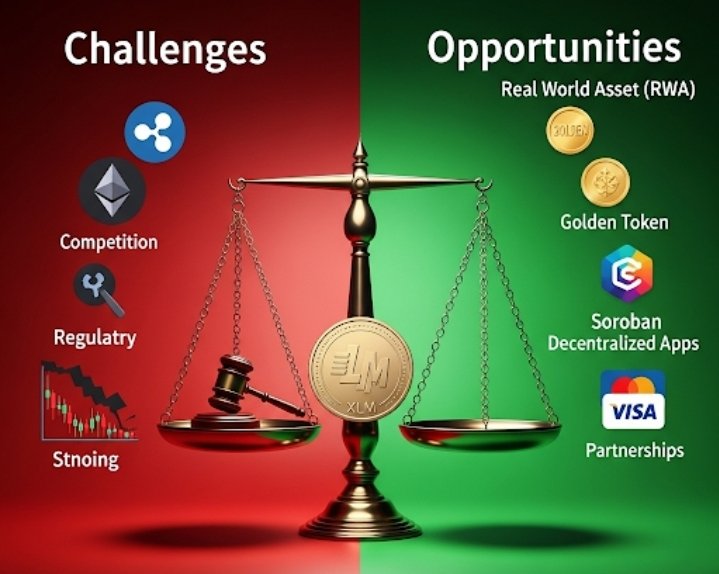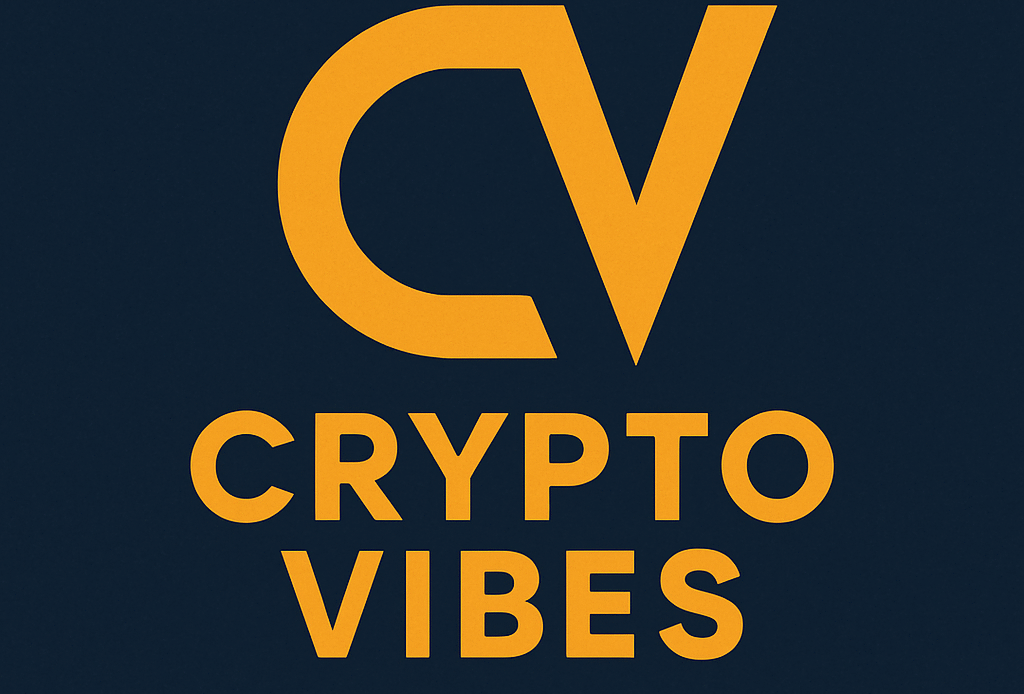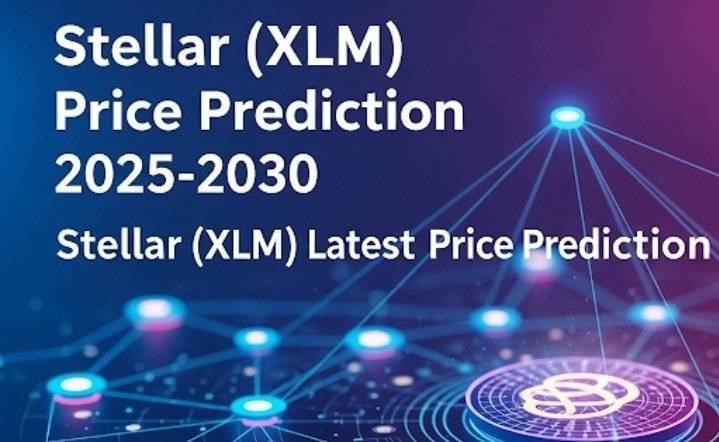What Is Stellar (XLM)?
The Stellar network is a decentralized, open, scalable, and uniquely sustainable blockchain erected for fiscal products and services. The network launched in 2014 with the purpose of connecting the world’s fiscal systems by offering a protocol for payment providers and fiscal institutions that facilitates near-moment global payments and currency exchanges. In 2024, Stellar released protocol 20, enabling full-featured smart contracts to the network. The network is transubstantiating transnational payments and remittances through safer, briskly, and more affordable results, and connecting real-world means to DeFi to enable comprehensive everyday fiscal services.
The Stellar network’s native digital currency- Lumens (“XLM”) is used to pay the network’s sale freights. (XLM can also be used as an intermediate currency for operations. How it works the protocol converts plutocrat in a many seconds, first into XLM, and also into the requested currency.) Stellar’s unique evidence-of-Agreement (PoA) agreement medium – the Stellar Consensus Protocol (SCP) – differs from both Proof of Stake and Proof of Work. SCP is designed to secure the network through character rather than through computing coffers or staked crypto commemoratives. All Stellar validators are needed to have a intimately-accessible and empirical record relating themselves, erecting trust within the network. By design, Stellar doesn’t give onchain fiscal impulses to run validators, nor does it calculate on stake or hash power to secure the network. rather associations run bumps for network benefit and unite to reach a network-wide agreement about the validity of deals.
Stellar is a proven platform for asset allocation; numerous well-known institutions elect Stellar as their favored network for bringing real-world means (RWAs) onchain. The network’s speed and low freights, robust asset allocation frame, compliance tools, and anchor network give fiscal institutions the structure demanded to tokenize means while maintaining nonsupervisory compliance. This approach has attracted significant RWA volume, with hundreds of millions of bones in stablecoins, tokenized finances, and other real-world means flowing through the network daily. It has also led to groundbreaking executions like Franklin Templeton’s BENJI fund, the first U.S. registered plutocrat request fund on a public blockchain.
Stellar‘s smart contract platform extends the network’s capabilities to support sophisticated fiscal operations while maintaining Stellar’s core principles of effectiveness and availability. erected with Rust and WebAssembly, Soroban prioritizes performance through features like deterministic concurrency and multi-dimensional freights, enabling complex operations with predictable costs and sub-five-second futurity. Security is foundational, with Rust’s memory safety guarantees, no-reentrancy design, and an authorization-needed frame that makes it delicate to introduce vulnerabilities. Unlike general-purpose platforms, Soroban is purpose-erected for fiscal operations, supporting everything from decentralized exchanges and advancing protocols to tokenized means. This aligns with Stellar’s purpose to connect traditional finance with blockchain technology, furnishing inventors the tools to make real-world everyday fiscal services that are scalable, secure, and accessible to druggies worldwide.
In summary, the benefits of the Stellar network include:
- Ultra presto low-cost blockchain optimized for scalable payment results
- A global ramp network that connects digital means to regulated fiscal institutions and being payment rails
- Enterprise grade security and features optimized for RWA tokenization
- A smart contract platform to make scalable DeFi operations.
Stellar Live Price
| # | Name | Price | Changes 24h | Market CAP | Volume | Supply |
|---|
Unleashing Its Future Outlook & Long-Term Potential
Stellar Lumens (XLM) has long stood as a unique player in the cryptocurrency landscape, designed not just as a digital currency, but as a protocol to connect the world’s financial systems. Its mission to facilitate fast, low-cost cross-border payments and asset transfers has positioned it as a critical infrastructure layer in the evolving digital economy. But what does the future price of Stellar (XLM) hold, and what key factors will impact its trajectory in the coming years? For investors looking beyond short-term fluctuations, understanding the Stellar Lumens future outlook involves delving into its technological advancements, strategic partnerships, and its vital role in emerging financial paradigms like Real-World Asset (RWA) tokenization. This article explores the XLM price forecast long term, analyzing the catalysts that could drive its value and the challenges it might face.
Understanding Stellar’s Core Value: Bridging Traditional Finance
At its heart, Stellar aims to democratize access to financial services, particularly for the unbanked and underbanked. It provides a decentralized, open-source network that enables near-immediate global payments and currency exchanges at minimal cost. Unlike many cryptocurrencies focused solely on decentralization, Stellar prioritizes utility and interoperability with existing financial institutions. Its native asset, Lumens (XLM), serves primarily to pay network transaction fees, but also acts as a bridge currency, facilitating seamless conversions between different fiat and crypto assets.
Key Drivers for XLM’s Future Price
Several fundamental developments and market trends are poised to significantly impact the Stellar Lumens adoption impact on its price:

Soroban Smart Contracts (Protocol 20)
The recent launch of Soroban, Stellar’s full-featured smart contract platform, marks a monumental leap. Built with Rust and WebAssembly, Soroban is purpose-built for financial applications, prioritizing performance, predictable costs, and robust security. This upgrade significantly extends Stellar’s capabilities beyond simple payments, enabling complex DeFi applications, decentralized exchanges, and advanced protocols directly on the network. The success of dApps built on Soroban will be a major XLM price catalyst.
Real-World Asset (RWA) Tokenization
Stellar has emerged as a leading platform for bringing real-world assets onto the blockchain. Its robust asset issuance framework, compliance tools, and “anchor network” (financial institutions connecting to Stellar) make it a preferred choice for tokenizing everything from stablecoins and money market funds to private equity. High-profile implementations like Franklin Templeton’s BENJI fund (the first U.S. registered money market fund on a public blockchain) demonstrate the immense Stellar RWA growth potential. As institutional interest in tokenized assets surges, the demand for Stellar’s network and XLM is anticipated to grow.
Strategic Partnerships & Integrations
Stellar has consistently focused on forging alliances with major players in traditional finance and fintech. Partnerships with entities like Visa and Mastercard for cross-border payments, and the potential integration of stablecoins like PayPal’s PYUSD on the Stellar network, could significantly increase network utility and transaction volume. These collaborations emphasize Stellar’s commitment to connecting with existing financial infrastructure, a key differentiator.
Network Activity & Adoption
Increased on-chain activity, measured by transaction volume, active addresses, and the number of assets issued on Stellar, directly correlates with demand for XLM. As more businesses and individuals use the network for remittances, tokenized assets, and smart contract applications, the intrinsic value of XLM as the network’s fuel increases.
Regulatory Clarity
The evolving global regulatory landscape for cryptocurrencies plays a pivotal role. As authorities provide clearer guidelines, platforms like Stellar that prioritize compliance and transparency are likely to attract more institutional and enterprise adoption, boosting confidence and investment.
Stellar (XLM) Price Forecast: What to Expect?
Predicting cryptocurrency prices is inherently speculative due to market volatility and unforeseen events. However, based on current developments and expert analyses, here are some potential XLM price predictions for the long term:
2025 Projections
Most analyses suggest XLM could trade within a range, potentially reaching highs between $0.75 to $1.50. Factors like the ongoing crypto bull market (potentially fueled by Bitcoin halving cycles) and early impacts of Soroban adoption are key. Some more conservative outlooks place it lower, around $0.45–$0.50 average, with potential dips.
2027–2028 Outlook
As the market matures and Stellar’s ecosystem expands, particularly with RWA tokenization gaining traction, projections range from $1.00 to $2.50. This period could see broader institutional integration and increased utility for XLM.
2030 and Beyond
Long-term predictions are more ambitious, with some experts projecting XLM could reach $3.00 to $6.00, and even $15.00 by 2033. These optimistic scenarios depend on widespread global adoption of blockchain-based payments, Stellar’s continued success in RWA, and the full realization of Soroban’s potential in the DeFi space.
Important Disclaimer
These are predictions based on current data and trends. Cryptocurrency markets are highly volatile, and actual prices may vary significantly. Always conduct your own thorough research and consider your risk tolerance before making any investment decisions.
Potential Challenges & Risks
Despite its strong fundamentals, Stellar faces challenges:
Competition
It operates in a competitive landscape with other payment-focused blockchains (e.g., Ripple’s XRP) and general-purpose smart contract platforms (e.g., Ethereum, Solana).
Regulatory Headwinds
While clarity is improving, unexpected negative regulatory shifts in key markets could impact adoption and price.
Macroeconomic Factors
Broader economic downturns or shifts in investor sentiment towards risky assets can affect XLM’s price, regardless of its intrinsic value.
Technological Adoption Pace
The speed at which enterprises and users adopt new blockchain solutions can be slower than anticipated.
Why Stellar Lumens Might Outperform
Stellar’s unique value proposition lies in its specific focus on cross-border payments and RWA tokenization, coupled with its distinct consensus mechanism (Stellar Consensus Protocol – SCP) that prioritizes security through reputation rather than energy-intensive mining or large stakes. Its low transaction fees, high speed, and commitment to regulatory compliance make it an attractive partner for financial institutions. The recent Soroban upgrade further solidifies its position by adding robust smart contract capabilities tailored for financial use cases.

Conclusion
The future value of Stellar (XLM) is inherently linked to its continued success in connecting traditional finance with blockchain technology. With the powerful addition of Soroban smart contracts and its growing prominence in Real-World Asset tokenization, Stellar is building a robust foundation for scalable, secure, and accessible financial services. While the path ahead will certainly involve market volatility and competition, Stellar’s clear mission, technological advancements, and strategic partnerships position it as a compelling asset for those interested in the long-term growth of the decentralized financial ecosystem. As always, active research and a clear understanding of the risks are essential for any investment in this dynamic space.

















































Interesting to see how Stellar’s implementation of smart contracts via Protocol 20 could reshape its role in cross-border payments. The shift to the Stellar Consensus Protocol, relying on reputation rather than stake or computational power, feels like a smart move toward more scalable and inclusive decentralization. Curious to see how this will influence adoption rates by traditional financial institutions over the next few years.